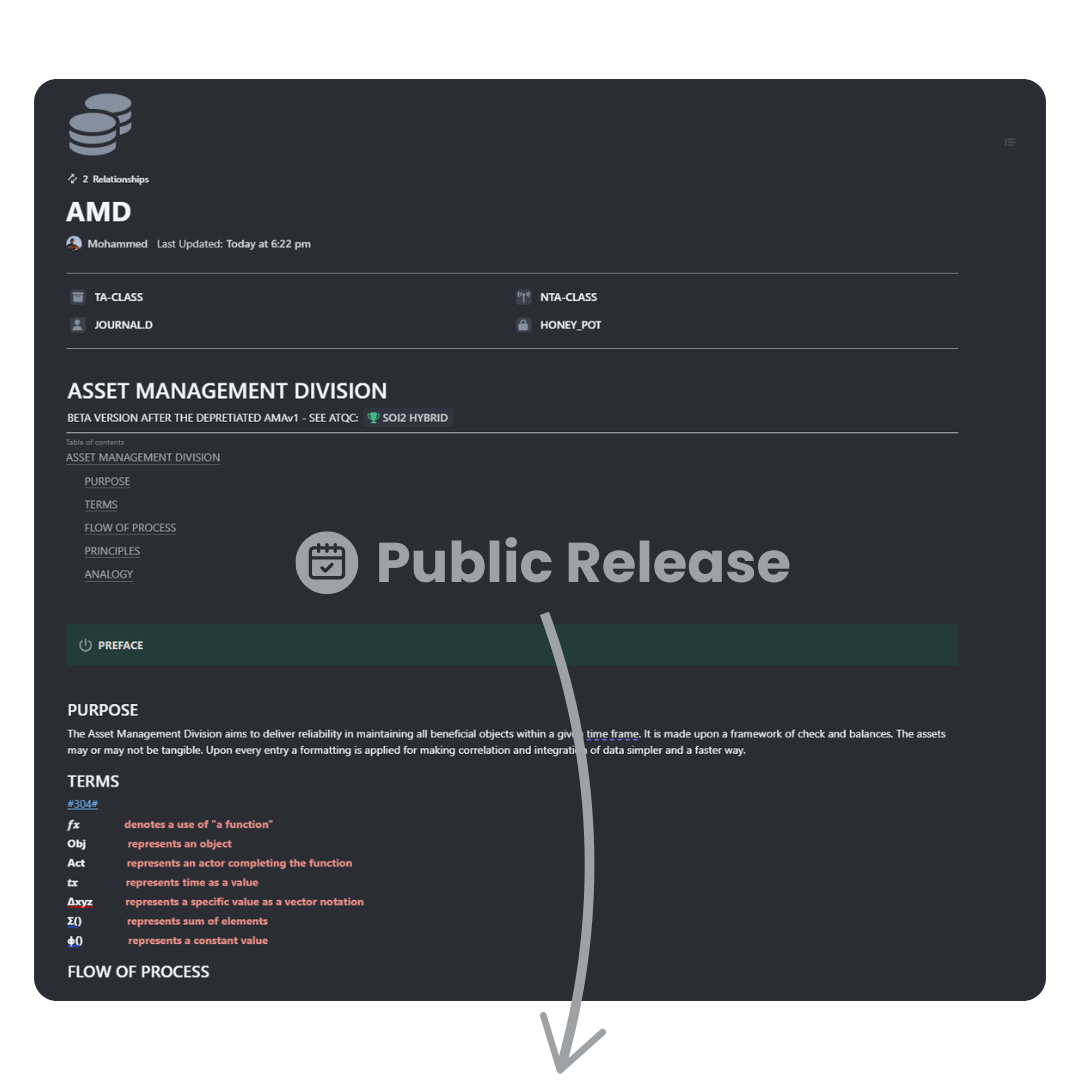
The Impus Project(SOI2)
A research backed by product engineer's and technical managers to accelerate decision science. All paper's are published publicly.
What is SOI2?
V3.3.4.5(132/F)
A research backed by product engineer's and technical managers to accelerate decision science. All paper's are published publicly.
SOI2 is a open management body for quality driven tactical decision making. We publish papers on game theory[Game theory is the study of mathematical models of strategic interactions. It has applications in many fields of social science, and is used extensively in economics, logic, systems science and computer science] & Decision Science[the theory of rational choice is a branch of probability, economics, and analytic philosophy that uses the tools of expected utility and probability to model how individuals would behave rationally under uncertainty. It differs from the cognitive and behavioral sciences in that it is mainly prescriptive and concerned with identifying optimal decisions for a rational agent, rather than describing how people actually make decisions]
A research backed by product engineer's and technical managers to accelerate decision science. All paper's are published publicly.
SOI2 is a open management body for quality driven tactical decision making. We publish papers on game theory[Game theory is the study of mathematical models of strategic interactions. It has applications in many fields of social science, and is used extensively in economics, logic, systems science and computer science] & Decision Science[the theory of rational choice is a branch of probability, economics, and analytic philosophy that uses the tools of expected utility and probability to model how individuals would behave rationally under uncertainty. It differs from the cognitive and behavioral sciences in that it is mainly prescriptive and concerned with identifying optimal decisions for a rational agent, rather than describing how people actually make decisions]
Why this project?
We see equipping organizations with decision-making tools and frameworks as a win-win. Effective decisions lead to top-notch products, positive workplaces, and thriving competition. Conversely, poor decisions waste resources, incur high costs, foster negativity, and can ultimately ruin companies.
Over the years, decision science has shed light on how individuals and groups function, revealing both strengths and weaknesses. This knowledge has been primarily applied in leadership and sectors like finance, venture capital, insurance, and healthcare, where decisions are frequent and high-stakes. However, these methods are not widely adopted in tech companies.
We believe the next generation of high-performing organizations will integrate these behavioral insights with advanced data aggregation tools, becoming swift, evidence-based decision-makers. Meanwhile, others will continue to rely on intuition.
Over the years, decision science has shed light on how individuals and groups function, revealing both strengths and weaknesses. This knowledge has been primarily applied in leadership and sectors like finance, venture capital, insurance, and healthcare, where decisions are frequent and high-stakes. However, these methods are not widely adopted in tech companies.
We believe the next generation of high-performing organizations will integrate these behavioral insights with advanced data aggregation tools, becoming swift, evidence-based decision-makers. Meanwhile, others will continue to rely on intuition.


